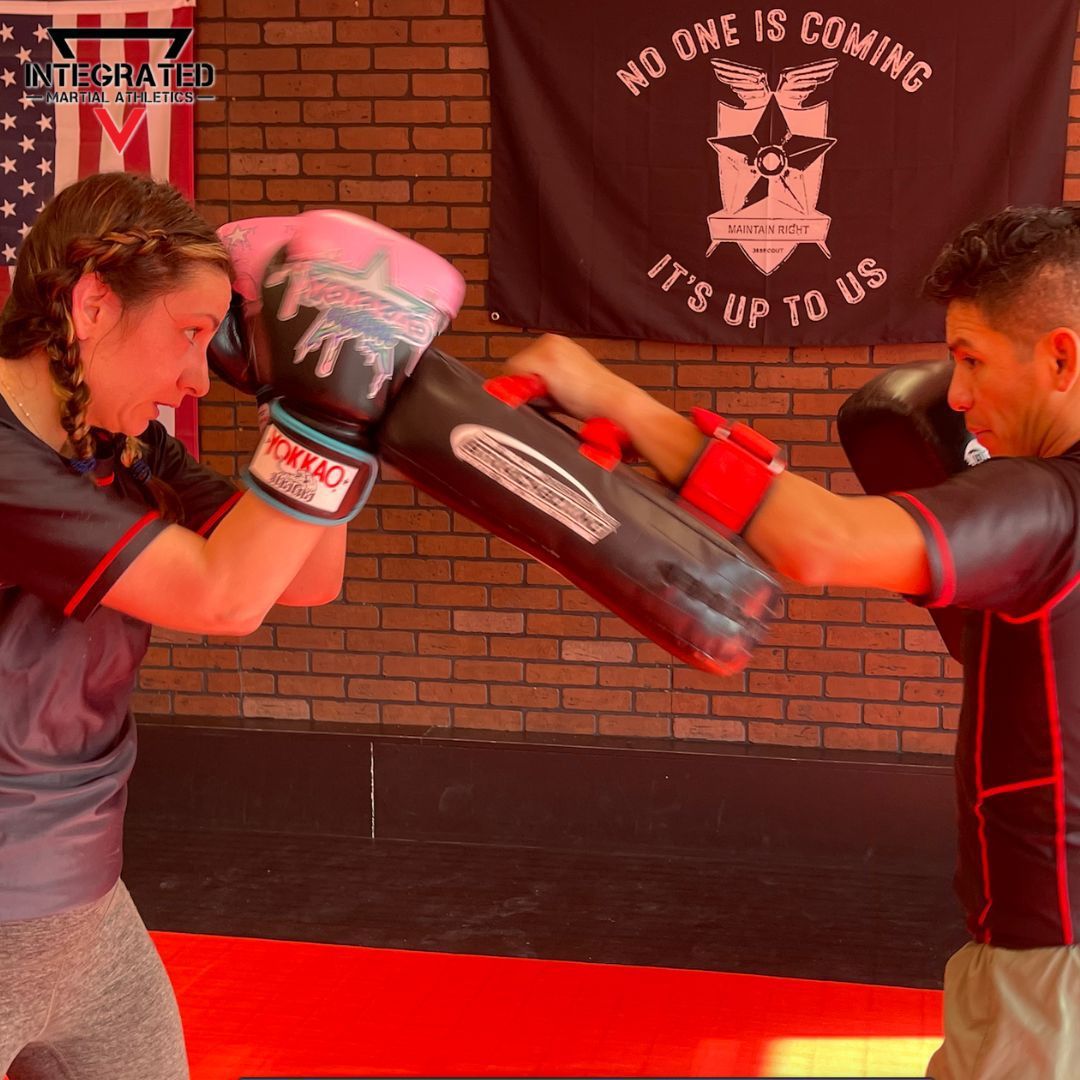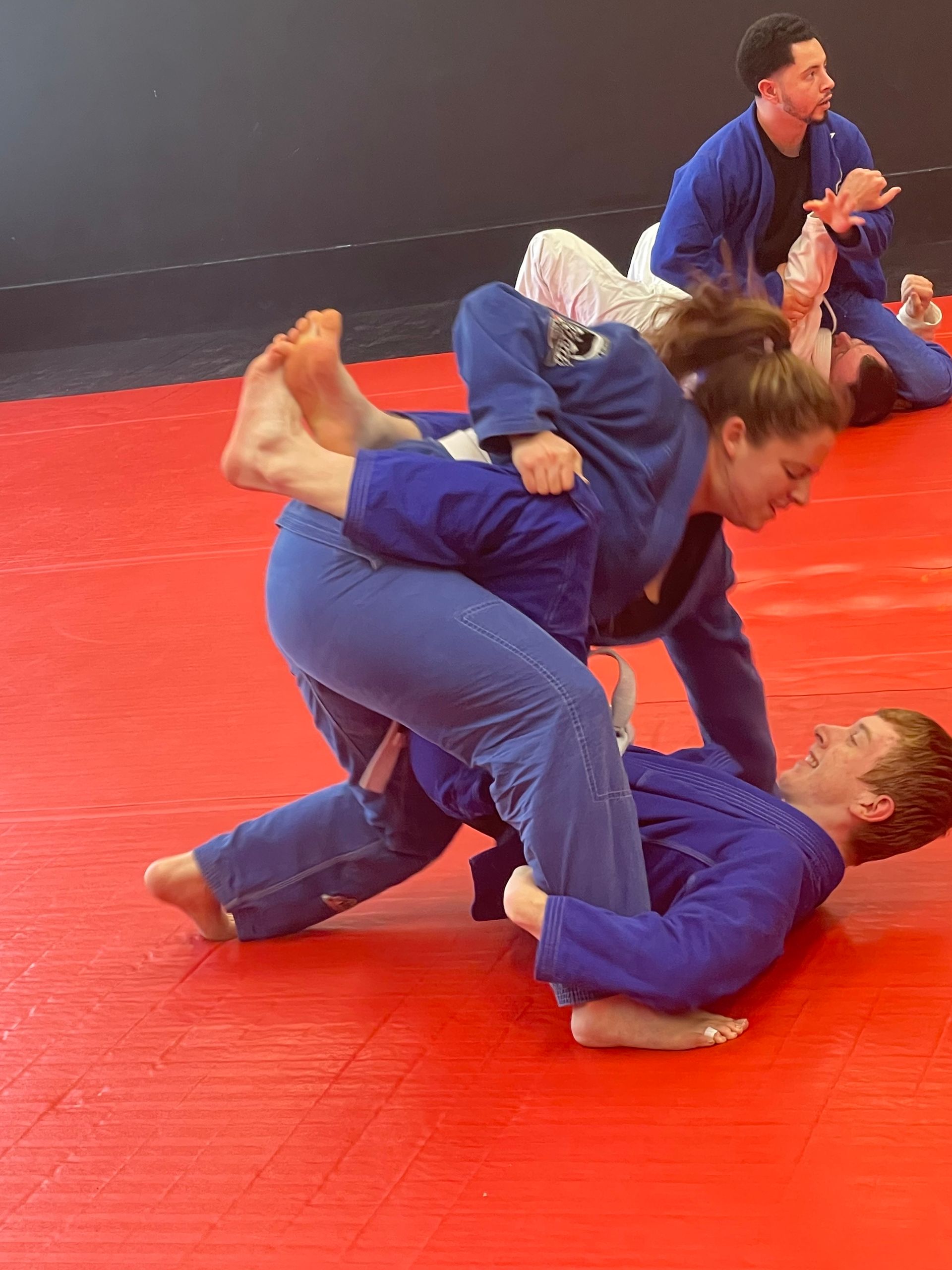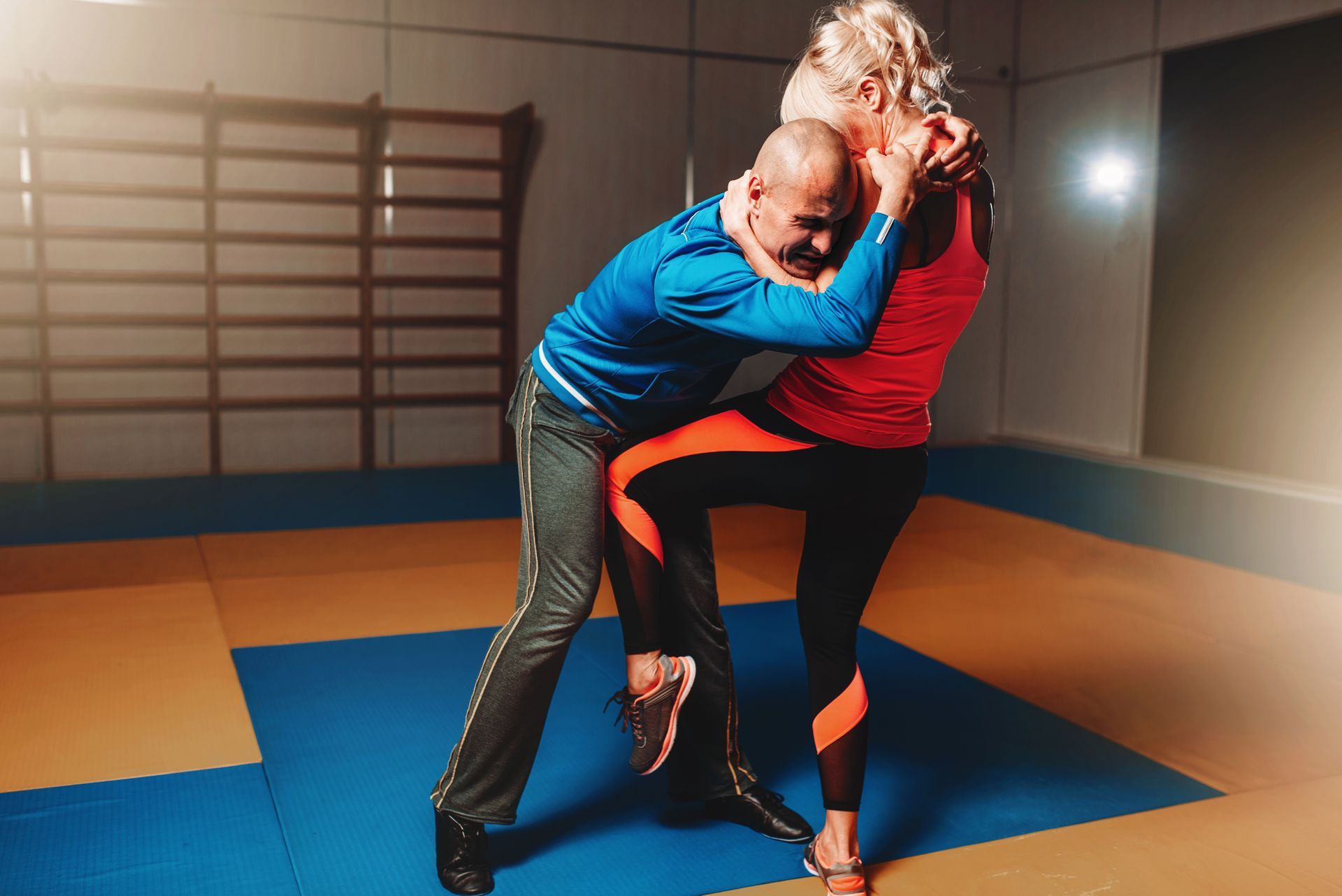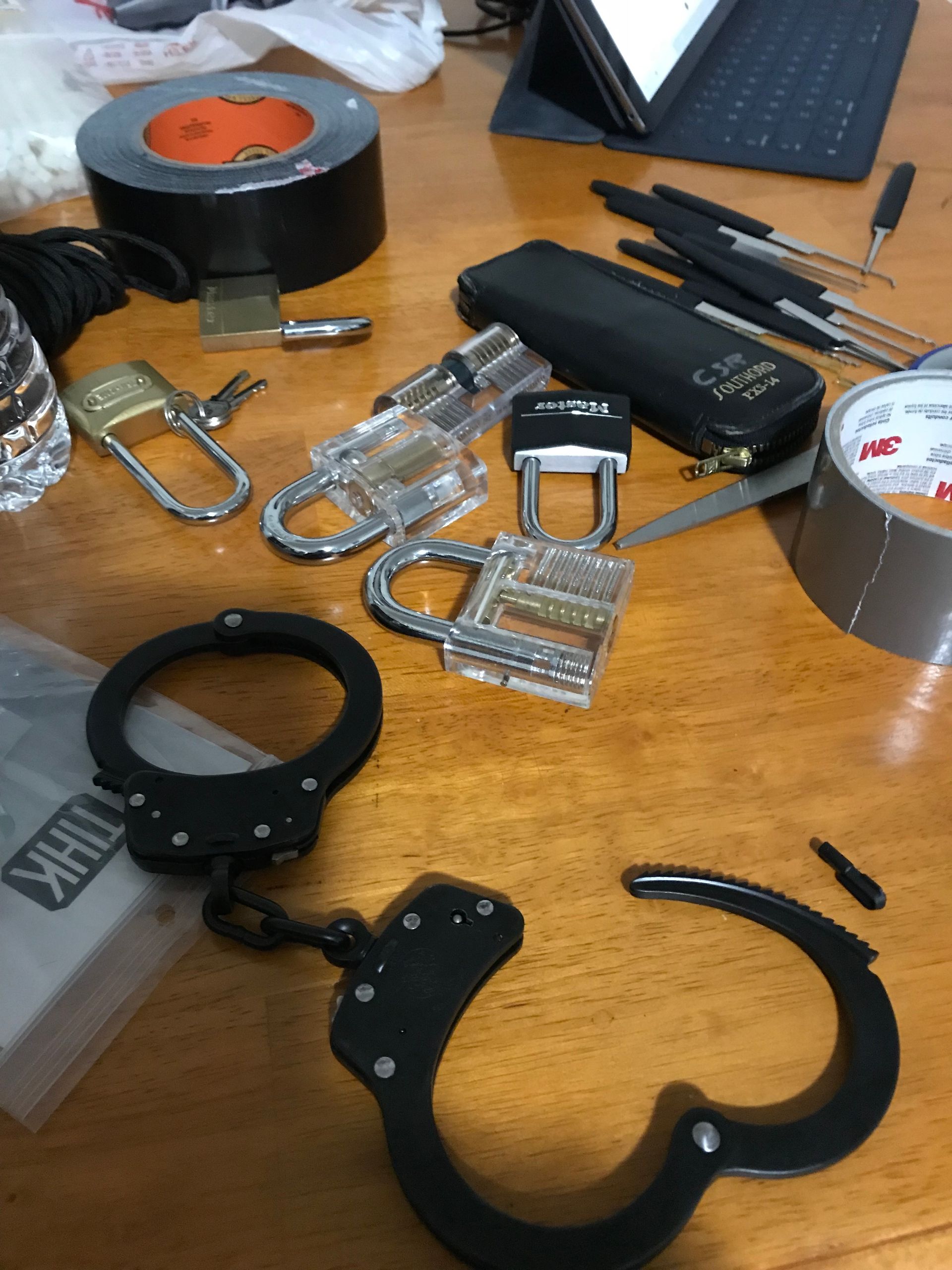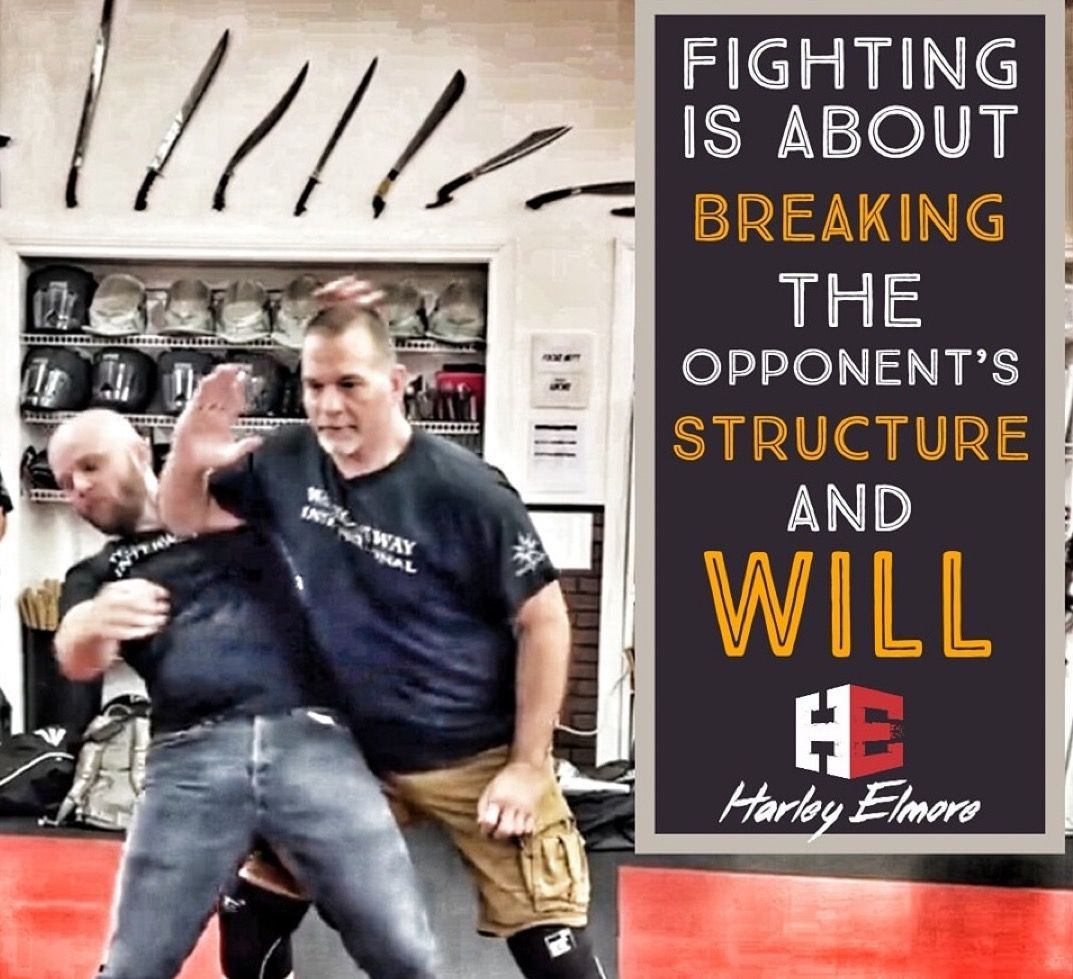Before the First Attack: Understanding Pre-Fight Indicators to Stay Safe
Mastering Pre-Fight Indicators: Spotting the Signs Before the Fight Happens
In the world of self-defense, one of the most important skills you can develop is the ability to recognize
pre-fight indicators. These subtle signals, when identified early, can help you avoid physical altercations or give you the upper hand in an impending fight. Understanding the signs of aggression or tension in a potential opponent gives you the time and space you need to assess the situation, decide on your best course of action, and act accordingly. One of the key concepts that plays into recognizing these pre-fight signs is the reactionary gap.
A reactionary gap is the safe distance between you and your opponent that gives you enough time to react to any potential threat. This gap isn't just physical—it’s about maintaining the right space to assess the situation and respond appropriately, whether that means retreating, defending, or counterattacking. In this post, we’ll explore the pre-fight indicators that can help you spot danger before it erupts into violence, and how understanding fight, flight, and posturing can play a pivotal role in your ability to react.
The Science Behind Pre-Fight Indicators
Before diving into specific signs, let’s first discuss the psychological underpinnings. When someone is preparing to fight, their body undergoes a series of physiological changes. This could include a surge of adrenaline, a shift in body posture, and other pre-fight behaviors. These signals are often involuntary and emerge as the body prepares for action. Recognizing these signs can give you the upper hand, allowing you to spot potential threats early on and react accordingly.
These pre-fight indicators, when properly identified, will give you the opportunity to control the situation. As the gap between you and the threat closes, you’ll be able to decide whether to de-escalate, create distance, or prepare to defend yourself. This knowledge is not just for the trained fighter but for anyone who wants to stay safe in potentially violent situations.
Fight, Flight, or Posturing: Understanding the Mindset
Understanding the mental state of an individual who may be about to escalate into violence is crucial. It can often be broken down into three broad responses: **fight**, **flight**, or **posturing**.
- Fight: When someone is ready to engage in physical combat, their body and mind will display aggressive behaviors. Their posture will change, they may step forward, and their body language will become more hostile. If someone is already preparing for a fight, you’ll often see signs like clenched fists, a tense jaw, and a forward stance. In this case, the reactionary gap is crucial—if you maintain enough space, you give yourself time to react before they close the distance.
- Flight: Sometimes, the best course of action for a person when faced with a threat is to flee. While this might not be the scenario you want to face, recognizing the potential for someone to run away can allow you to keep your guard up without escalating the situation. If a person appears disoriented or seems to retreat mentally or physically, they may be preparing to leave the area. If someone is showing signs of flight, like backing away or averting their gaze, it could be a sign that they’re not looking for a fight.
- Posturing: Posturing is when someone is attempting to show dominance or impress others without intending to actually fight. It’s all about showing off and building confidence by threatening, posturing, or talking tough. These people might engage in verbal sparring, threatening gestures, or intimidating actions meant to assert their supposed power. Posturing is often more about the spectators than the actual fight, and it can be used to make it seem like the person is ready to fight when, in reality, they’re not. It’s important to understand that when someone is posturing, they are **at least one or two beats away from actual fighting**, giving you time to assess the situation.
Recognizing whether someone is posturing, preparing for flight, or mentally gearing up for a fight will help you interpret the situation and decide how to respond. Whether you’re creating space, preparing to counterattack, or looking for a way out, being able to decipher these cues allows you to adjust your reactionary gap and prepare for what’s next.
The Pre-Fight Indicators You Should Be Watching For
When you’re involved in a confrontation—whether it’s in a street situation or a controlled training environment—the most important thing you can do is **read the other person**. You need to assess their intentions and watch for **pre-fight indicators** that signal whether they’re likely to escalate to physical aggression.
1. The Weight Shift: Gearing Up for Movement
The weight shift is one of the earliest signs that an opponent is preparing to act. If you see someone subtly shifting their weight from one leg to the other or leaning forward slightly, it’s a sign that they’re preparing to make a move. It could be that they’re ready to close the distance and strike, or they’re positioning themselves for a defensive maneuver.
A weight shift doesn’t necessarily mean a fight is imminent, but it’s a clear sign that the person is preparing to act. Recognizing this gives you a critical few moments to adjust your stance, increase the reactionary gap, or prepare to act.
2. Clenched Fists: Ready for Combat
Clenched fists are a dead giveaway that someone is about to engage in physical aggression. People don’t typically clench their fists unless they’re preparing to strike, grab, or engage in some kind of attack. It’s one of the most reliable pre-fight indicators, and it can happen in an instant.
Once you spot clenched fists, take immediate note. This is not the time to get complacent. Increase your awareness, adjust your distance, and prepare to respond if the situation escalates. A clenched fist tells you that **they are not backing down**—and that they’re mentally preparing for a fight.
3. Angulation and Look-Away: Signs of Attack or Escape
Angulation happens when someone positions their body in a way that’s meant to either conceal their intent or prepare them for movement. They might angle their body slightly away from you, making it appear as though they’re disengaging, but in reality, this could be a move to launch a surprise attack.
Coupled with look-away, this angulation can be a deadly pre-fight indicator. The opponent might shift their gaze away from you or look to the side, not because they’re disengaging, but because they are planning the next move. It’s a psychological trick to throw you off while they prepare to strike from a different angle.
If you notice these signs, it’s time to **close the reactionary gap**. Position yourself so you can defend yourself from any unexpected movements.
4. Self-Grooming: A Nervous Preparation
Self-grooming—adjusting clothing, fixing hair, or other seemingly innocent actions—can actually be a sign of someone mentally preparing for a fight. When nerves hit, people often engage in these behaviors to calm themselves down or create a facade of confidence.
But the reality is, self-grooming can signal that the individual is preparing to escalate the situation. If you notice these behaviors, **take it seriously**. It may be a subtle pre-fight indicator that they’re trying to control their nervous energy before things go physical.
5. Direct Eye Contact: Aggression or Submission?
Direct eye contact can either signal aggression or dominance. Someone preparing to fight will often lock eyes with you in an attempt to assert control. If you catch someone staring you down, it’s a sign that they’re sizing you up, getting mentally prepared, and asserting their power.
Alternatively, if someone avoids eye contact or looks around nervously, they might not be prepared for a confrontation. This could indicate that they’re more likely to flee or that they’re trying to avoid a conflict. Recognizing the intent behind eye contact can give you a clearer idea of what kind of engagement you’re dealing with.
Why It's Critical to Keep People Out of Your Reactionary Gap
The concept of the **reactionary gap** is a cornerstone of self-defense. The space you maintain between yourself and a potential attacker can determine your ability to effectively respond to threats. **Why is it so important to keep people out of your reactionary gap?**
1. Time to React: In a confrontation, timing is everything. The closer someone gets to you, the less time you have to assess the situation and make a decision. Maintaining a reactionary gap gives you that **precious time** to react, whether that means defending, escaping, or launching a counterattack. Once someone is in your immediate space, the fight becomes much more reactive, and your options may be limited.
2. Distance Equals Safety: The further away an opponent is, the more control you have over the engagement. **Space equals control**, and by keeping people out of your reactionary gap, you’re ensuring that you maintain a level of dominance over the encounter. If you’re within striking distance, they can attack before you even have a chance to move, limiting your ability to defend yourself effectively.
3. Opportunity to Escape: One of the most critical aspects of self-defense is the ability to get out of a bad situation when needed. Keeping an opponent out of your reactionary gap ensures you have the **option to disengage** if things start
to escalate. If they close the distance too quickly, you may not have the time or opportunity to retreat.
4. Read Their Intentions:
When you’re within the reactionary gap, you’re forced into a close-quarter situation where it’s difficult to assess the other person’s intentions. By staying out of this zone, you’re able to observe their body language and behaviors more clearly. The **pre-fight indicators** mentioned earlier become much more visible, giving you an advantage in knowing how the person may react next.
Conclusion: Reacting Before the Fight Begins
Pre-fight indicators are critical in helping you stay ahead of the game when it comes to self-defense. Recognizing these signs and adjusting your **reactionary gap** gives you the time and space you need to react accordingly. Whether you need to de-escalate, create distance, or prepare to defend yourself, awareness of these cues can make all the difference.



